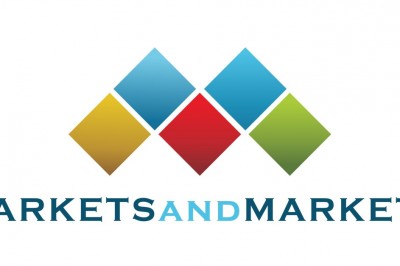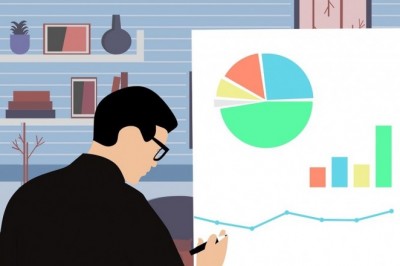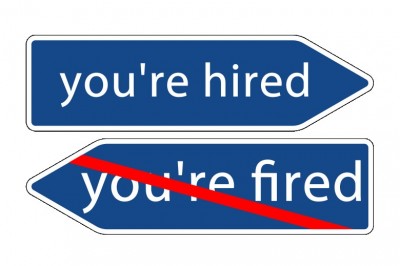Blockchain is a distributed ledger technology that allows multiple parties to maintain a shared and decentralized database. It is a digital ledger that records transactions across multiple computers or nodes in a network. Rather than having a central authority, blockchain relies on consensus algorithms and cryptographic techniques to ensure the integrity and security of the data.
At its core, a blockchain consists of a chain of blocks, where each block contains a list of transactions or other data. These blocks are linked together using cryptographic hashes, creating a sequential and immutable record of all transactions that have occurred on the network. This means that once a block is added to the chain, it cannot be modified or tampered with without detection.
One of the key features of blockchain is decentralization. The ledger is distributed among multiple participants or nodes in a network, and each participant has a copy of the entire blockchain. This decentralized nature eliminates the need for a central authority or intermediaries, enabling peer-to-peer transactions and reducing reliance on trust.
Blockchain operates on a consensus mechanism, which ensures that all participants in the network agree on the validity of transactions and the order in which they are added to the blockchain. Different consensus mechanisms, such as proof-of-work (PoW) or proof-of-stake (PoS), are used to validate and verify transactions and maintain the integrity of the blockchain.
Blockchain technology offers several benefits, including transparency, security, immutability, and efficiency. Transactions recorded on the blockchain are transparent, as anyone can view the entire transaction history. The use of cryptographic algorithms ensures the security of the data, making it difficult for unauthorized parties to alter or tamper with the records. Once a transaction is added to the blockchain, it becomes immutable, providing a trusted and auditable history of transactions. Additionally, blockchain can streamline processes, reduce costs, and eliminate the need for intermediaries in various industries.
Blockchain is not limited to cryptocurrencies like Bitcoin. It has broader applications and can be used for various purposes, including supply chain management, healthcare, voting systems, identity verification, intellectual property, and more. The technology has the potential to revolutionize industries by providing transparent, secure, and efficient solutions for data management, trust, and decentralized transactions.
It is worth noting that while blockchain has significant potential, it also faces challenges such as scalability, energy consumption, regulatory considerations, and interoperability. However, ongoing research and development efforts aim to address these challenges and unlock the full potential of blockchain technology.
The future of blockchain holds significant potential for transforming various industries and revolutionizing the way we conduct transactions, share data, and establish trust in the digital world. Here are some key trends and possibilities that may shape the future of blockchain technology:
Enhanced Scalability: One of the critical challenges facing blockchain technology is scalability. As blockchain networks expand and more transactions are processed, scalability becomes essential for widespread adoption. The future of blockchain will likely see the development of more scalable solutions, such as improved consensus mechanisms, layer 2 solutions, and sharding techniques. These advancements will enable blockchain networks to handle a higher volume of transactions and support large-scale applications.
Interoperability and Cross-Chain Solutions: Currently, many blockchain networks operate in isolation, limiting their ability to interact and share data. In the future, we can expect the development of interoperability protocols and cross-chain solutions that enable seamless communication and data exchange between different blockchain networks. This interoperability will facilitate the creation of decentralized applications (DApps) that leverage multiple blockchains, unlocking new possibilities and enhancing the overall functionality of blockchain technology.
Integration with Internet of Things (IoT): Blockchain's decentralized and immutable nature makes it a suitable technology for securing and managing IoT devices and data. The future of blockchain will likely see increased integration with IoT, enabling secure device-to-device communication, data integrity verification, and automated transactions between IoT devices. Blockchain can enhance IoT security, data privacy, and enable new business models in areas such as supply chain management, smart cities, and autonomous vehicles.
Enterprise Adoption and Supply Chain Management: Blockchain technology has the potential to revolutionize supply chain management by providing transparent, traceable, and tamper-proof records of transactions and product provenance. As blockchain matures, we can expect increased adoption by enterprises for supply chain optimization, product authentication, and tracking. Blockchain can enhance transparency, efficiency, and trust in supply chain networks by enabling real-time visibility, reducing fraud, and improving the accuracy of inventory management.
Decentralized Finance (DeFi): Decentralized finance, or DeFi, has gained significant traction in recent years, offering decentralized financial products and services built on blockchain networks. The future of blockchain will likely witness further growth and innovation in the DeFi space, with the development of more sophisticated decentralized applications, lending platforms, decentralized exchanges, and asset management solutions. DeFi has the potential to disrupt traditional financial systems by offering more accessible, transparent, and inclusive financial services.
Central Bank Digital Currencies (CBDCs): Central banks around the world are exploring the concept of issuing their digital currencies using blockchain technology. CBDCs could provide a digital representation of fiat currency, combining the advantages of blockchain, such as transparency and traceability, with the stability and regulatory oversight of traditional currencies. The future may see the widespread adoption of CBDCs, potentially reshaping the global financial landscape and enabling more efficient cross-border transactions.
Governance and Regulation: As blockchain technology continues to evolve, governance models and regulatory frameworks will play a crucial role in shaping its future. Governments and regulatory bodies are actively exploring ways to balance innovation with consumer protection and financial stability. We can expect the development of clearer regulatory guidelines, frameworks for digital asset classification, and policies to address challenges such as privacy, data protection, and identity management within blockchain systems.
Sustainability and Energy Efficiency: Blockchain's energy consumption has been a topic of concern. However, future advancements may focus on enhancing blockchain's energy efficiency and sustainability. Solutions such as proof-of-stake (PoS) consensus mechanisms and the integration of renewable energy sources can help mitigate the environmental impact of blockchain networks, making them more sustainable and aligned with global climate goals.
In conclusion, the future of blockchain technology holds immense potential for transforming industries, improving efficiency, enhancing security, and fostering innovation. With ongoing research, technological advancements, and collaboration between stakeholders, blockchain has the capacity to reshape the digital landscape, empower individuals, and drive economic growth in a decentralized and trustless manner.
FD Capital are a leading UK based recruiter of CFOs for the Cryptocurrency and Blockchain industry.
































